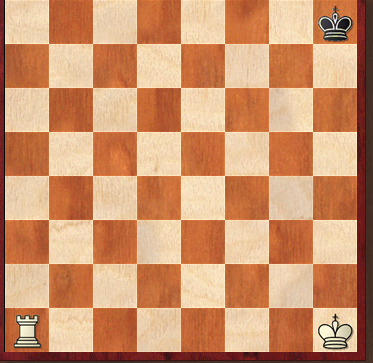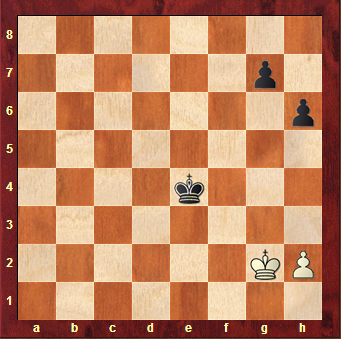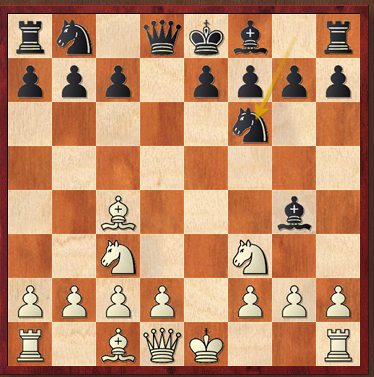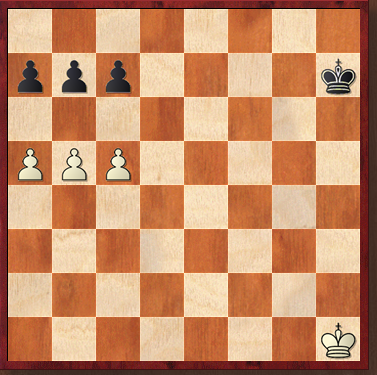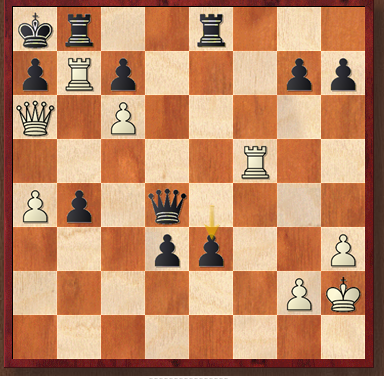Example 17 General Strategy of the Opening
The main thing is to develop the pieces quickly. Get them into play as fast as you can. --- From the outset two moves, 1 e4 or 1 d4, open up lines for the queen and a bishop. Therefore, theoretically one of these two moves must be the best, as no other first move accomplishes so much.

--- Suppose we begin: 1. e4 e5 2. Nf3 This is both an attacking and a developing move. Black can now either reply with the identical move or play Nc6. This developing move at the same time defends the king's pawn. (2... Nf6 {...the identical move...}) 3. Nc3 Nf6 These moves are of a purely developing nature.} 4. Bb5 It is generally advisable not to bring this bishop out until one knight is out, preferably the king's knight. ({The bishop could also have been played to} 4. Bc4 , but it is advisable whenever possible to combine development and attack. 4... Bb4 Black replies in the same manner, threatening a possible exchange of bishop for knight with ...Nxe4 to follow. 5. O-O {...the rook is brought into action in the centre, a very important point. (5. O-O[/b] At the same time...an indirect way of preventing} Bxc3 {, which more experience or study will show to be bad.) 5... O-O Black follows the same line of reasoning. 6. d3 d6 These moves have a two-fold object, viz: to protect the king's pawn and to open the diagonal for the development of the queen's bishop.} 7. Bg5 {A very powerful move, which brings us to the middlegame stage, as there is already in view a combination to win quickly by Nd5. This threat makes it impossible for Black to continue the same course. He is now forced to play} Bxc3 {, as experience has shown, thus bringing three things to our attention.} ({There is a long analysis showing that Black should lose it he also plays} 7... Bg4 {.}) 8. bxc3.
First, the complete development of the opening has taken only seven moves. (This varies up to ten or twelve moves in some very exceptional cases. As a rule, eight should be enough.)
Second, Black has been compelled to exchange a bishop for a knight, but as a compensation he has isolated White's a-pawn and doubled a pawn. (This, at such an early stage of the game, is rather an advantage for White as the pawn is doubled towards the centre of the board.)
Third, White by the exchange brings up a pawn to control the square d4, puts Black on the defensive, as experience will show, and thus keeps the initiative, an unquestionable advantage. (The value of the initiative is explained in section 20.) --- The strategical principles expounded above are the same for all the openings, only their tactical application varies according to the circumstances. --- Before proceeding further I wish to lay stress on the following point which the student should bear in mind. --- Before development has been completed no piece should be moved more than once, unless it is essential in order to obtain either material advantage or to secure freedom to action. --- The beginner would do well to remember this, as well as what has already been stated, viz: bring out the knights before bringing out the bishops.} *
|

